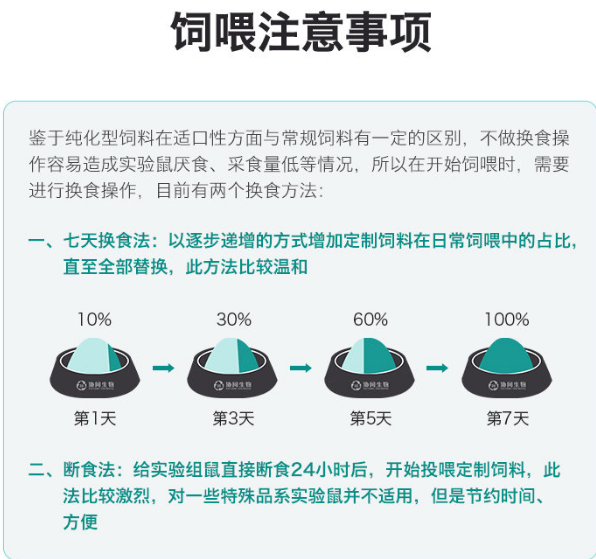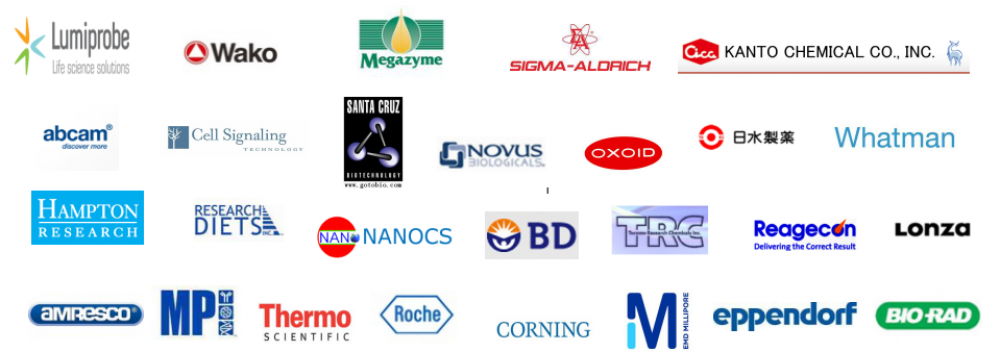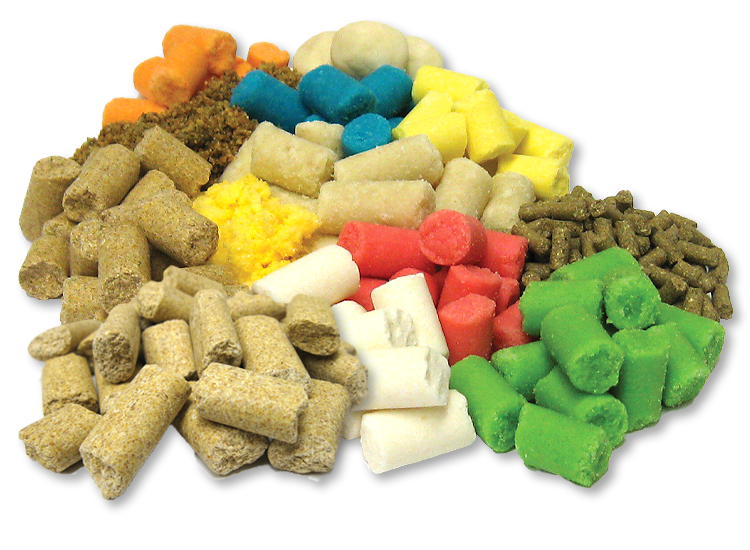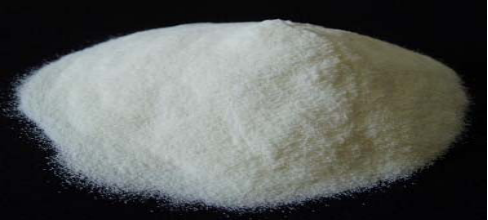Western or fast food style diets fed to induce NASH with metabolic syndrome contain 40 – 45% kcal from milkfat (a fat source high in palmitate) with added cholesterol (0.15 – 2%) and are high in sucrose (>30%). Dietary palmitate and cholesterol have both previously been associated with the progression from simple steatosis to NASH.
Examples:
- TD.88137 Adjusted Calories Diet (42% from fat)
- TD.96121 21% MF, 1.25% Chol. Diet
- TD.120528 42% Kcal/Fat Diet (Incr. Sucrose, 1.25% Chol.)
Research use:
These diets can induce obesity, metabolic syndrome, and simple steatosis within nine weeks of feeding. Increased hepatic inflammation has been observed after 12 weeks of feeding. NASH typically requires longer feeding with fibrosis developing within nine months and late stage fibrosis including hepatic ballooning occurring after 14 – 20 months of feeding. Increasing dietary sucrose (~41%) and cholesterol (~1.25%) accelerates the NASH phenotype with steatosis, inflammation and hepatocyte ballooning observed within 12 weeks. In addition to feeding a high fat diet, providing a glucose/fructose mixture in the drinking water may further promote NASH development.
Select References:
Charlton, M., et al., Fast food diet mouse: novel small animal model of NASH with ballooning, progressive fibrosis, and high physiological fidelity to the human condition. Am J Physiol Gastrointest Liver Physiol, 2011. 301(5): p. G825-34. http://www.ncbi.nlm.nih.gov/pubmed/21836057
Gores, G., Charlton M, Krishnan A, Viker K, Sanderson S, Cazanave S, McConico A, Masuoko H. Am J Physiol Gastrointest Liver Physiol, 2015. 308: p. G159. http://ajpgi.physiology.org/content/308/2/G159
Li, Z.Z., et al., Hepatic lipid partitioning and liver damage in nonalcoholic fatty liver disease: role of stearoyl-CoA desaturase. J Biol Chem, 2009. 284(9): p. 5637-44. http://www.ncbi.nlm.nih.gov/pubmed/19119140
Ioannou, G.N., et al., Hepatic cholesterol crystals and crown-like structures distinguish NASH from simple steatosis. J Lipid Res, 2009. 54(5): p. 1326-34. http://www.ncbi.nlm.nih.gov/pubmed/23417738
Alkhouri, N., et al., Adipocyte apoptosis, a link between obesity, insulin resistance, and hepatic steatosis. J Biol Chem, 2010. 285(5): p. 3428-38. http://www.ncbi.nlm.nih.gov/pubmed/19940134
Dixon, L.J., et al., Caspase-1 as a central regulator of high fat diet-induced non-alcoholic steatohepatitis. PLoS One, 2013. 8(2): p. e56100. http://www.ncbi.nlm.nih.gov/pubmed/23409132
DeLeve, L.D., et al., Prevention of hepatic fibrosis in a murine model of metabolic syndrome with nonalcoholic steatohepatitis. Am J Pathol, 2008. 173(4): p. 993-1001. http://www.ncbi.nlm.nih.gov/pubmed/18772330
VanSaun, M.N., et al., High fat diet induced hepatic steatosis establishes a permissive microenvironment for colorectal metastases and promotes primary dysplasia in a murine model. Am J Pathol, 2009. 175(1): p. 355-64. http://www.ncbi.nlm.nih.gov/pubmed/19541928
Asgharpour, A., et al., A diet-induced animal model of non-alcoholic fatty liver disease and hepatocellular cancer. J Hepatol, 2016. 65(3): p. 579-88. http://www.ncbi.nlm.nih.gov/pubmed/27261415
Tetri, L.H., et al., Severe NAFLD with hepatic necroinflammatory changes in mice fed trans fats and a high-fructose corn syrup equivalent. Am J Physiol Gastrointest Liver Physiol, 2008. 295(5): p. G987-95. http://www.ncbi.nlm.nih.gov/pubmed/18772365
Tsuchida, T., et al., A simple diet-and chemical-induced murine NASH model with rapid progression of steatohepatitis, fibrosis and liver cancer. Journal of hepatology, 2018. 69(2):385-395. https://www.ncbi.nlm.nih.gov/pubmed/29572095





